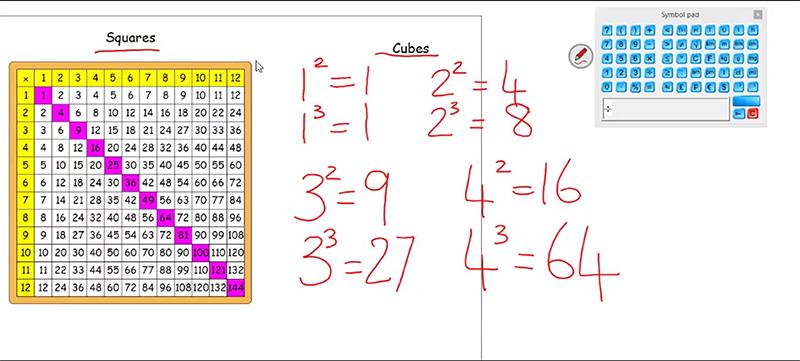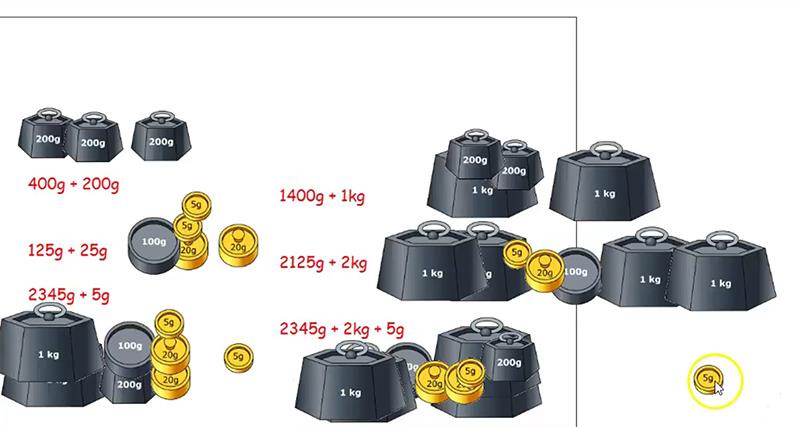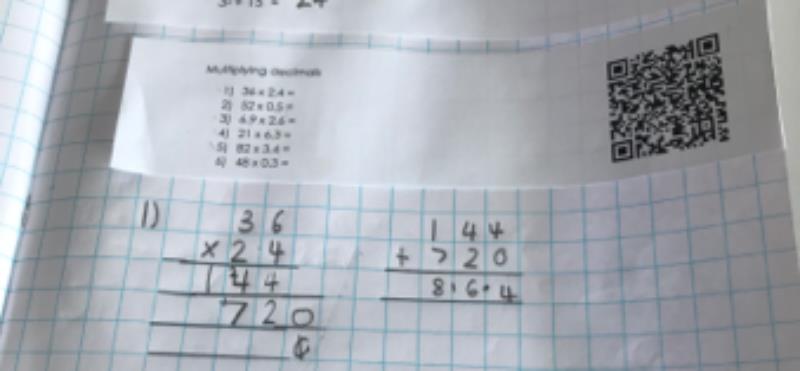In April, the Department for Education (DfE) published a policy document – Realising the potential of technology in education – which quickly sparked some controversy as Headteacher Update’s sister title SecEd reported at the time (SecEd, 2019).
Having read it, I want to draw your attention to something fairly basic: the word “realise”, according to most dictionaries, can be used to mean “become fully aware of something” or “cause something to happen”. This DfE strategy document does not “realise” anything.
The headlines of the report are very promising – and having seen with my own eyes through teaching and leadership what a difference technology can make, I was very excited by what I read: “Technology can help to tackle some of the main challenges faced by the education sector.”
Particularly, it promised “supporting excellent teaching and improving accessibility and inclusion”. Yes, yes and yes I cheered as I read it! A strategy that uses what technology offers to bring children’s learning alive – to break down those barriers of disadvantage, inequality and limitation.
But oh my goodness, as I delved deeper I realised that this strategy – with its blinkered focus on stuff like anti-cheating software and timetabling – seems to have missed the point. The strategy refers to “education challenges” such as these, but they are not education challenges – they are administration challenges! That stuff simplifies lives for adults, but makes zero impact on children’s learning, which surely matters the most!
Let me take you on a journey...
Imagine you are in a year 6 class, it is maths, and you are learning about multiplying decimals. You have a room full of children who are all at differing stages of mastering this tricky topic. Some struggle with the very idea of multiplication itself. Some could wade through a word problem, pick out the key points and then multiply a complex number sentence by decimal numbers, without so much as a blink. One teacher. Thirty children. How does that work then?
Here is what Blackfield Primary School in Hampshire, part of the Inspire Learning Partnership, does:
- Teachers record two to three-minute demonstrations of exactly, step-by-step, how to do each of the mathematical skills. Some are a video recording of the teacher in front of the board demonstrating, some are voice-overs while showing an example with a pencil in an exercise book. You can see screengrabs from two examples below and there are lots more examples on both the Blackfield Primary website and the Inspire Learning YouTube channel.
- Each of these videos has a QR code (bit like a bar code – no fancy equipment or training needed) assigned to it.
- Children get a slip of paper based on where their specific needs are (identified by assessment from the previous task or lesson). The slip has a task on it and a QR code linked to the relevant “how-to” video. The child sticks the slip in their book (see the final image, below).
- They use their tablet to scan the QR code and watch the video – at their own speed. They pause, rewatch, rehear, rewind, start again, fast forward, until they really feel they understand it. Every child in the class is going at their own speed.
- Once the child feels they understand the skill, they undertake the questions set on their slip. Once they finish their slip, they go to the class Working Wall (more about that another day...) and look at the “answer” sheet on the wall to see if they have got their answers right. If so – they move across to the next task, taking a slip from the next zippy. If not – they rewatch the film and try again.



Helping hand: (from top) screen shots from examples of the teacher-recorded videos made for pupils in the Inspire Learning Partnership (topics are factors for year 6 and adding weights for year 3). The final image shows a pupil’s book with the slip of paper and QR code (linked to a video demo).
So where is the teacher in all of this?
Rather than repeating the same demonstration over and over to different children who have at different points each got stuck on the same skill, teachers are instead freed up to zone-in on unpicking complex misconceptions, unearthing gaps in the children’s learning, and nurturing pupils whose individual needs mean that they need challenging, extending, or supporting. It gives capacity to teach rather than just manage tasks.
Furthermore, this happens in all year groups not just year 6. I have seen it in action from early years upwards in more than one school in the trust too. And in plenty of subjects across the curriculum – not just maths.
Now imagine this technique with a diverse class where the majority of the children have English as a second language. A simple voice-over turns each of these videos into a version in another language. Imagine that in this classroom some children might have just arrived at the school from another country where they may or may not have accessed formal education. They may have huge gaps in their learning, or they may be streets ahead. This simple resource empowers that child to access those gaps, fill and strengthen them, or to stretch them into new learning spaces which were previously not accessible or even visible to them.
Imagine that some or even most of those children have specific learning dispositions or needs which could be overcome through these same resources – headphones for those easily distracted and overwhelmed, scaffolded conversations based on the videos for those who benefit from nurtured collaboration (not uncommon issues in our schools).
What a great solution to be able to offer this kind of personally paced learning to all children. And, the beauty of all of this is that if you have a laptop with a webcam and a built-in microphone (which most do), an internet connection and a printer, you do not need to buy anything or do any training. And, of course, there are many unintended consequences to this kind of provision:
- Parents can access the resource at home – so you are teaching the whole family not just the child.
- Children can watch “how-to” clips before, during and after the class – opening up “flipped learning”, homework support, revision and independent learning.
- Teachers, teaching assistants and one-to-one support (EAL, SEND etc) can access these short videos before they work with your children – revising tricky concepts themselves or ensuring they use consistent language, format and representation.
What’s not to love about this?
I know there will be those cynics who say, “ah yes, but you need all that kit first”. When I hear this, I reply: “How many devices could you access ‘if you wanted to’?” Even half a dozen, for one lesson – given to children who would most benefit from stretch or support is enough to get started.
Those cynics then say: “Ah yes, but that’s a huge time investment making those videos.” My reply? Start with one or two where you know children need that input repeated and then reuse them, building up from there. Or use what other schools such as Blackfield have so kindly made available, free, online (in an ideal world you would make your own so that children have a familiar face and voice, but, let’s start somewhere manageable!).
So back to that ed-tech strategy
So yes, the ed-tech strategy has totally missed the point on how technology can actually make a difference to children’s learning. Let’s take its headline about reducing teacher workload and turn it on its head – how can we increase teacher capacity “to teach”, both recognising and utilising the brilliant people in our classrooms? Examples such as the one above do exactly that, they use technology to increase teacher capacity to help children’s learning. This respects the teachers as professionals and it respects the children as learners. This is genuinely “realising the potential of technology in education”.
- Fiona Aubrey-Smith is a former school leader and now Doctoral researcher. Email fionaaubreysmith@googlemail.com. Read her previous best practice pieces for Headteacher Update, go to http://bit.ly/2IPHfe4
Further information & resources
- Policy paper: Realising the potential of technology in education, DfE, April 2019: http://bit.ly/2IIufu8
- The ed-tech strategy: A great leap backwards? SecEd, May 2019: http://bit.ly/2WeQ8I2
- Go on – try making a video for your class:
- To capture demonstrations, you might use www.screencast.com
- To make QR codes, you might try www.qr-code-generator.com
- To host your videos, you can always set up a YouTube channel.
- Ready to be inspired? Visit www.blackfield.hants.sch.uk/home-learning/ and pick a year group and subject to see some videos, or visit the trust’s YouTube channel at http://bit.ly/2EowSgT
